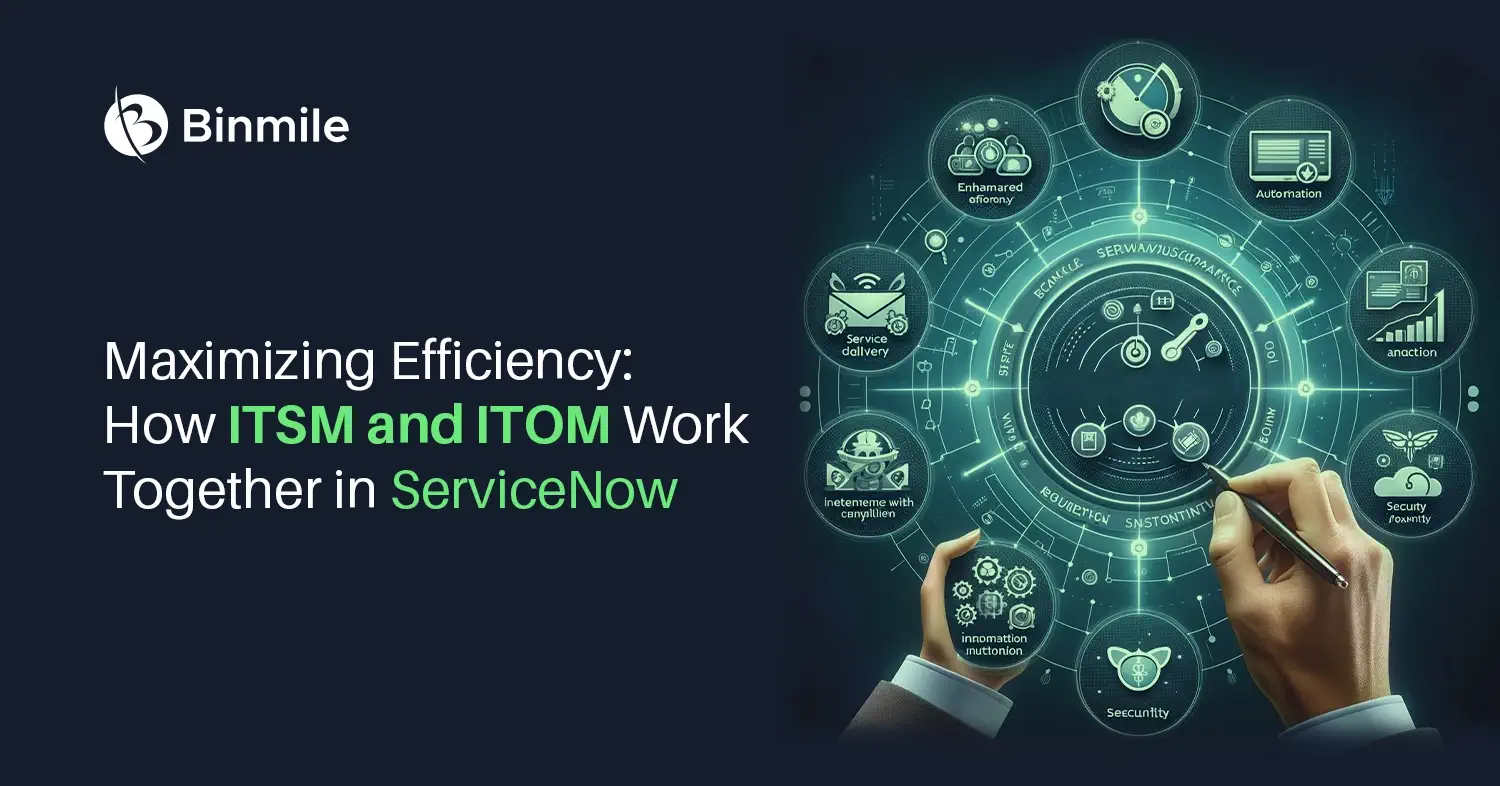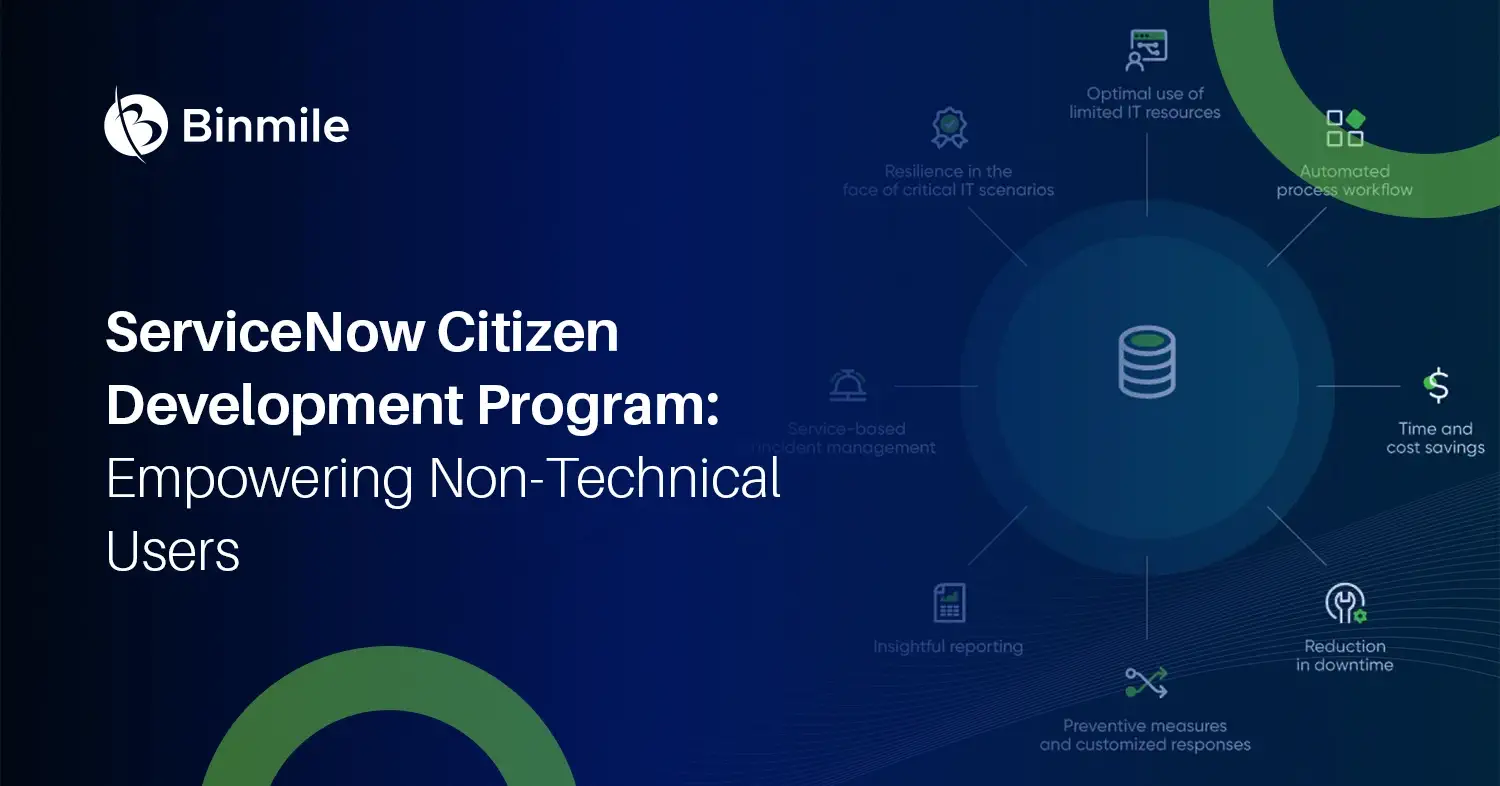Decades ago, enterprises used some prevalent legacy technologies such as mainframe computers, COBOL programming languages, MS-DOS, Windows 3.1, or XP operating systems. These systems are still in use by many business enterprises and companies due to prior heavy investment, fear to change, continuity to operations, and difficulty to adopt new technologies. Even these systems still meet the needs of businesses, and they are well-versed with them. But the older technology of a legacy system will not allow you to interact with newer systems. So, the change is inevitable. Read this content and find out the problems caused by legacy systems and the hidden cost of legacy systems.
The Actual Cost of Legacy Systems
Businesses understand the actual cost of keeping legacy systems when legacy becomes a loss. Many people and companies that glued to legacy systems think legacy technology always the cheaper solution. Is it true? Here, adapting legacy application modernization matters the most. Some legacy technologies, but not all, have shortcomings, including
- Technical limitations and complexities
- High cost of maintenance and weaker security
- Loss of data and security risks
- Data stuck in silos
- Low performance and technology failures
- Inflexibility or lack of scalability
- Termination of support either by software or hardware vendor
- Not suited for modern-day business processes
- Lacking competitive advantage and mobile compatibility
- Inability to influence new technologies and business opportunities
- Unavailability of replacement parts
“Supporting a legacy operating system in your enterprise is as much about risk management as it is about traditional IT service management.” – Vijay Samtani, Chief Information Security Officer at Cambridge University.
According to the US Government Accountability Office (US GAO), the operational and maintenance cost of top 10 legacy systems is $337 per year. Moreover, such aging systems create risk as they are operating with unsupported infrastructure and known security vulnerabilities.
“The American people pay the price of failing to modernize legacy IT systems. The United States government ranks among the lowest industries in customer satisfaction. Over the past year, in particular, my office has received hundreds of messages from constituents struggling to access” government services,” says US Senator Maggie Hassan, New Hampshire.
In June 2019, seven federal agencies out of ten had plans for modernizing the legacy systems. These departments include defense, homeland security, the office of personnel management, small business administration (SBA), the interior, the treasury, and social security administration (SSA). Primarily, there are several sources of legacy software expenditure are:
- Maintenance and support – This cost exceeds the original development budget within just five years.
- Integration and compliance – This cost forces businesses millions in penalties as they fail to comply with industry regulations.
- Security – This cost results in data loss. As per an IBM report, $4 million is the average estimated cost of the data breach.
- Lost business opportunities – This cost results in an inferior competitive edge. It happens because of the lack of innovation that affects long-term benefits.
- Organizational efficiency and agility – This cost affects the performance of overall business resources. Here, enterprises can make a big difference with automation and legacy application modernization, increasing agility and efficiency by up to 50%.
Need for Legacy Application Modernization
The finding of another Harvard Business Review research, says “More than a third of the early adopters saw gains in bottom-line performance using machine-reengineering to slash 15% to 70% of costs from certain processes. At the same time, some saw a tenfold improvement in workforce effectiveness or value creation.”
“Change is now the norm. Just as we set a course based on our understanding of the technology landscape, that landscape changes. CIOs must accept that change is constant and work out how to get on the front foot – to shape change rather than being governed by it.” – Mark Rogers, Chief Executive Officer, Logicalis Group
It is clear that legacy systems no longer support scalability and cannot win you the competitive advantage in the market. The change is inevitable, and business enterprises need to upgrade their legacy systems and go for legacy application modernization. Companies and organizations glued with legacy systems can take help from application modernization agencies for taking their IT infrastructure and business growth to the next level.




